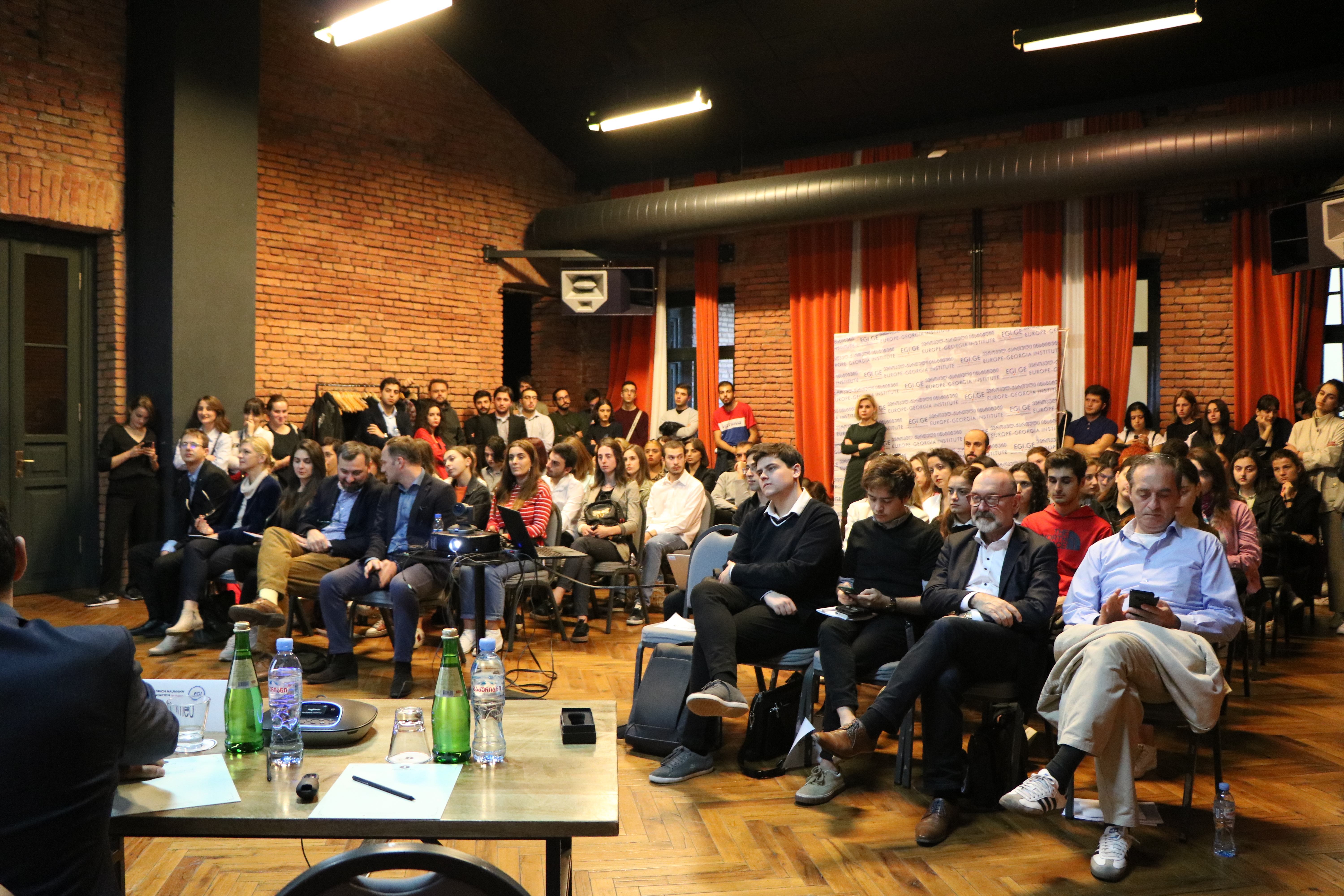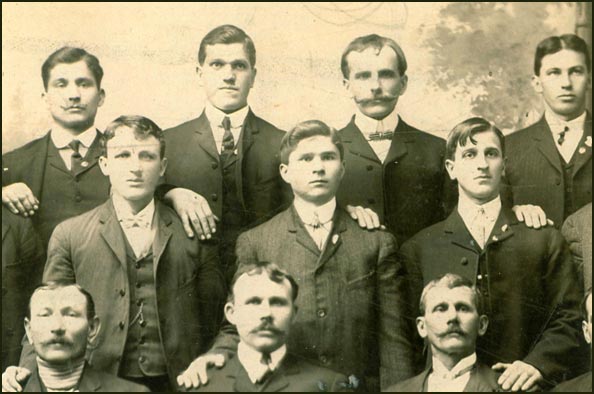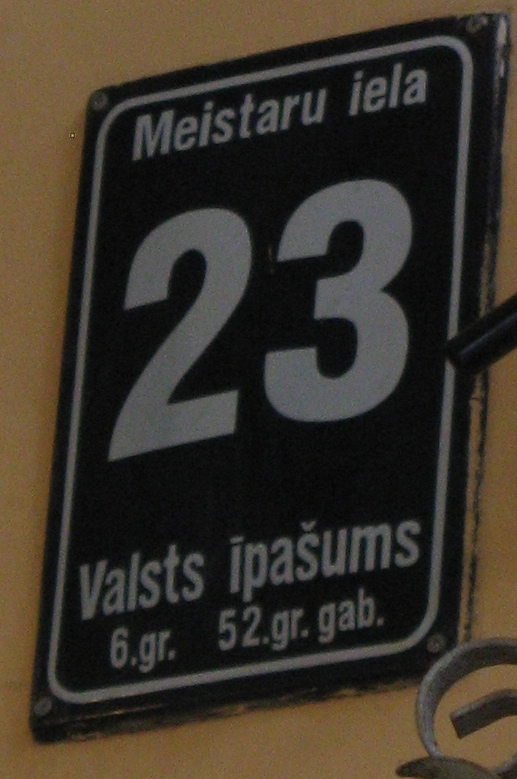|
Television In Croatia
Television in Croatia was first introduced in 1956. As of 2012, there are 10 nationwide and 21 regional DVB-T (Digital Video Broadcasting – Terrestrial) television channels, and there are more than 30 other channels either produced in the Republic of Croatia or produced for the Croatian market and broadcast via IPTV (Internet Protocol television), cable, or satellite television. The electronic communications market in Croatia is regulated by the Croatian Regulatory Authority for Network Industries (HAKOM), which issues broadcast licenses and monitors the market. The DVB-T and satellite transmission infrastructure is developed and maintained by the state-owned company Odašiljači i veze (OiV). The first television signal broadcast in Croatia occurred in 1939 during the Zagreb Fair, where Philips showcased its television system. The first regular broadcasts started in 1956, when Television Zagreb was established as the first TV station in the Yugoslav Radio Television syst ... [...More Info...] [...Related Items...] OR: [Wikipedia] [Google] [Baidu] |
DVB-T2
DVB-T2 is an abbreviation for "Digital Video Broadcasting – Second Generation Terrestrial"; it is the extension of the television standard DVB-T, issued by the consortium DVB, devised for the broadcast transmission of digital terrestrial television. DVB has been standardised by ETSI. This system transmits compressed digital audio, video, and other data in "physical layer pipes" (PLPs), using OFDM modulation with concatenated channel coding and interleaving. The higher offered bit rate, with respect to its predecessor DVB-T, makes it a system suited for carrying HDTV signals on the terrestrial TV channel (though many broadcasters still use plain DVB-T for this purpose). , it was implemented in broadcasts in the United Kingdom (Freeview HD, eight channels across two multiplexes, plus an extra multiplex in Northern Ireland carrying three SD channels), Italy (Europa 7 HD, twelve channels), Finland (21 channels, five in HD), Germany (six HD (1080p50) channels, with 40 in planning), ... [...More Info...] [...Related Items...] OR: [Wikipedia] [Google] [Baidu] |
History Of Dutch Television
The history of Dutch television is linked with Philips. The first Dutch experiments with television took place around the 1930s. Television pioneer Erik de Vries, employed by the scientific lab from Philips, built and experimented with the first transmitter. The first broadcast took place in 1930 from the little tower in the Amsterdam Carlton Hotel. The first person on television was the daughter of Koos Speenhoff. She worked at the Phillips administration office, but was chosen to act as a host for an experimental broadcast in 1935. Philips built four vehicles in 1937–1938, two transmitting vehicles and two technical vehicles with film scanners and mobile TV cameras. The first caravan of vehicles was ready and showed at the Jaarbeurs Utrecht in 1938. After that, Erik de Vries gave demonstrations in several countries, including 1939 demonstration in Zagreb Zagreb ( ) is the capital (political), capital and List of cities and towns in Croatia#List of cities and towns, ... [...More Info...] [...Related Items...] OR: [Wikipedia] [Google] [Baidu] |
Philips TV In Zagreb 1939
Koninklijke Philips N.V. (), simply branded Philips, is a Dutch multinational health technology company that was founded in Eindhoven in 1891. Since 1997, its world headquarters have been situated in Amsterdam, though the Benelux headquarters is still in Eindhoven. The company gained its Koninklijk, royal honorary title in 1998. Philips was founded by Gerard Philips and his father Frederik, with their first products being Electric light, light bulbs. Through the 20th century, it grew into one of the world's largest electronics Conglomerate (company), conglomerates, with global market dominance in products ranging from Home appliance, kitchen appliances and electric shavers to Electric light, light bulbs, Television set, televisions, Cassette tape, cassettes, and compact discs (both of which were invented by Philips). At one point, it played a dominant role in the entertainment industry (through PolyGram). However, intense competition from primarily East Asian competitors thro ... [...More Info...] [...Related Items...] OR: [Wikipedia] [Google] [Baidu] |
Population Of Croatia
The demographic characteristics of the population of Croatia are known through censuses, normally conducted in ten-year intervals and analysed by various statistical bureaus since the 1850s. The Croatian Bureau of Statistics has performed this task since the 1990s. The latest census in Croatia was performed in autumn of 2021. According to final results published on 22 September 2022 the permanent population of Croatia at the 2021 census (31st Aug) had reached 3.87 million. The population density is 68.7 inhabitants per square kilometre, and the overall life expectancy in Croatia at birth was 78,2 years in 2018. The population rose steadily (with the exception of censuses taken following the two world wars) from 2.1 million in 1857 until 1991, when it peaked at 4.7 million. Since 1991, Croatia's death rate has continuously exceeded its birth rate; the natural growth rate of the population is negative. Croatia is in the fourth (or fifth) stage of the demographic tr ... [...More Info...] [...Related Items...] OR: [Wikipedia] [Google] [Baidu] |
Government Of Croatia
The Government of Croatia (), formally the Government of the Republic of Croatia (), commonly abbreviated to Croatian Government (), is the main executive branch of government in Croatia. It is led by the Prime Minister of Croatia, president of the Government (), informally abbreviated to premier () or prime minister. The prime minister is nominated by the President of Croatia, president of the Republic from among those candidates who enjoy majority support in the Croatian Parliament (); the candidate is then chosen by the Parliament. There are 20 other government members, serving as deputy prime ministers, government ministers or both; they are chosen by the prime minister and confirmed by the Parliament. The Government of the Republic of Croatia exercises its executive powers in conformity with the Croatian Constitution and legislation enacted by the Croatian Parliament. The Cabinet of Andrej Plenković, current government is led by Prime Minister Andrej Plenković. Following ... [...More Info...] [...Related Items...] OR: [Wikipedia] [Google] [Baidu] |
Non-governmental Organization
A non-governmental organization (NGO) is an independent, typically nonprofit organization that operates outside government control, though it may get a significant percentage of its funding from government or corporate sources. NGOs often focus on humanitarian or social issues but can also include clubs and associations offering services to members. Some NGOs, like the World Economic Forum, may also act as lobby groups for corporations. Unlike international organizations (IOs), which directly interact with sovereign states and governments, NGOs are independent from them. The term as it is used today was first introduced in Article 71 of the UN Charter, Article 71 of the newly formed United Nations Charter in 1945. While there is no fixed or formal definition for what NGOs are, they are generally defined as nonprofit entities that are independent of governmental influence—although they may receive government funding. According to the United Nations Department of Global Communic ... [...More Info...] [...Related Items...] OR: [Wikipedia] [Google] [Baidu] |
Croatian Diaspora
The Croatian diaspora ( or ) consists of communities of ethnic Croats and/or Croatian citizens living outside Croatia. Estimates on its size are only approximate because of incomplete statistical records and naturalization, but (highest) estimates suggest that the Croatian diaspora numbers between a third and a half of the total number of Croats. More than four million Croats live out of Croatia. The largest community outside Croatia are the Croats of Bosnia and Herzegovina, one of the constituent nations of that country, amounting to about 545,000. The Croatian diaspora outside Croatia and Bosnia and Herzegovina amounts to close to a million elsewhere in Europe, and to about 1.7 million overseas. The largest overseas community is reported from the United States at 1,200,000, Chile at 400,000, and Argentina with 250,000 people. In Western Europe, the largest group is found in Germany. The German census reports 228,000 Croats in Germany , but estimates of the total number of peo ... [...More Info...] [...Related Items...] OR: [Wikipedia] [Google] [Baidu] |
Television Documentary
Television documentaries are televised media productions that screen documentaries. Television documentaries exist either as a television documentary series or as a television documentary film. * Television documentary series, sometimes called docuseries, are television series screened within an ordered collection of two or more televised episodes. * Television documentary films exist as a singular documentary film to be broadcast via a documentary channel or a News broadcasting, news-related channel. Occasionally, documentary films that were initially intended for televised broadcasting may be screened in a Movie theater, cinema. Documentary television rose to prominence during the 1940s, spawning from earlier cinematic documentary filmmaking ventures. Early production techniques were highly inefficient compared to modern recording methods. Early television documentaries typically featured historical, wartime, investigative or event-related subject matter. Contemporary televisio ... [...More Info...] [...Related Items...] OR: [Wikipedia] [Google] [Baidu] |
Croatian Radiotelevision
''Hrvatska radiotelevizija'' ( HRT), or Croatian Radiotelevision, is a Croatian public broadcasting company. It operates several radio and television channels, over a domestic transmitter network as well as satellite. HRT is divided into three joint companies – Croatian Radio (), Croatian Television () and Music Production (), which includes three orchestras (Symphony, Jazz, and Tamburitza) and a choir. The founder of HRT is the Republic of Croatia which exercises its founder's rights through the Croatian Government. Croatian Radio (then Radio Zagreb) was founded on 15 May 1926. This date is considered the date on which HRT was founded. Television Zagreb (today Croatian Television) began broadcasting on 7 September 1956. By the law enacted by the Croatian Parliament on 29 June 1990, Radio Television Zagreb was renamed to Croatian Radiotelevision. HRT operates as a provider of public broadcasting services, and Croatia provides independent funding by the Croatian Broadcastin ... [...More Info...] [...Related Items...] OR: [Wikipedia] [Google] [Baidu] |
State Ownership
State ownership, also called public ownership or government ownership, is the ownership of an Industry (economics), industry, asset, property, or Business, enterprise by the national government of a country or State (polity), state, or a public body representing a community, as opposed to an individual or Private property, private party. Public ownership specifically refers to industries selling goods and services to consumers and differs from Public good, public goods and government services financed out of a Government budget, government's general budget. Public ownership can take place at the Central government, national, regional government, regional, local government, local, or municipal levels of government; or can refer to non-governmental public ownership vested in autonomous public enterprises. Public ownership is one of the three major forms of property ownership, differentiated from private, Collective ownership, collective/cooperative, and common ownership. In marke ... [...More Info...] [...Related Items...] OR: [Wikipedia] [Google] [Baidu] |
Commercialism
Commercialism is the application of both manufacturing and consumption towards personal usage, or the practices, methods, aims, and distribution of products in a free market geared toward generating a profit. Commercialism can also refer, positively or negatively, to corporate domination. Commercialism is often closely associated with the corporate world and advertising, and often makes use of advancements in technology. Commercialism can also be used in a negative connotation to refer to the possibility within open-market capitalism Capitalism is an economic system based on the private ownership of the means of production and their use for the purpose of obtaining profit. This socioeconomic system has developed historically through several stages and is defined by ... to exploit objects, people, or the environment for the purpose of private monetary gain. As such, the related term "commercialized" can be used in a negative fashion, implying that someone or somethi ... [...More Info...] [...Related Items...] OR: [Wikipedia] [Google] [Baidu] |






